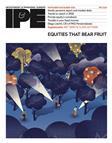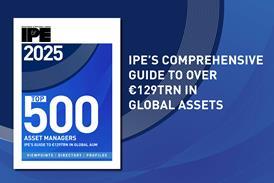Portuguese pension funds return 6.3% for 2024, despite low bond returns

Global equities made strong returns in Q4, but not enough to compensate for the low returns from bonds, says WTW
You have now reached your article limit
Already a registered user or member? Sign in here
To continue reading, register free today for access
Registration also includes access to

Five reasons to register today
- Access to IPE articles from our award-winning editorial team
- Unique IPE market data, rankings and tables
- In-depth interviews with pension fund leaders
- Extensive coverage of latest asset class trends
- Comprehensive archive of data, research and intelligence








